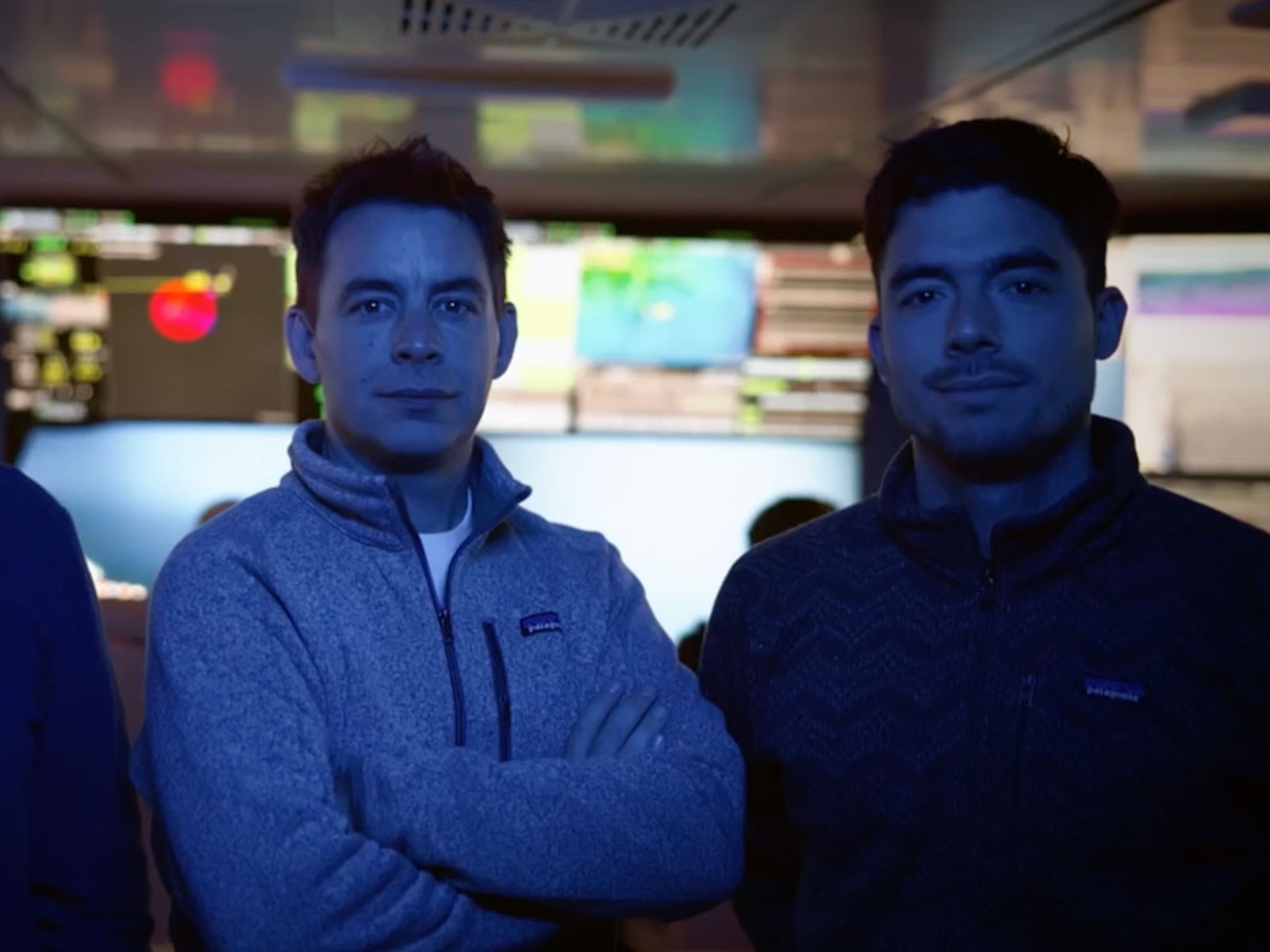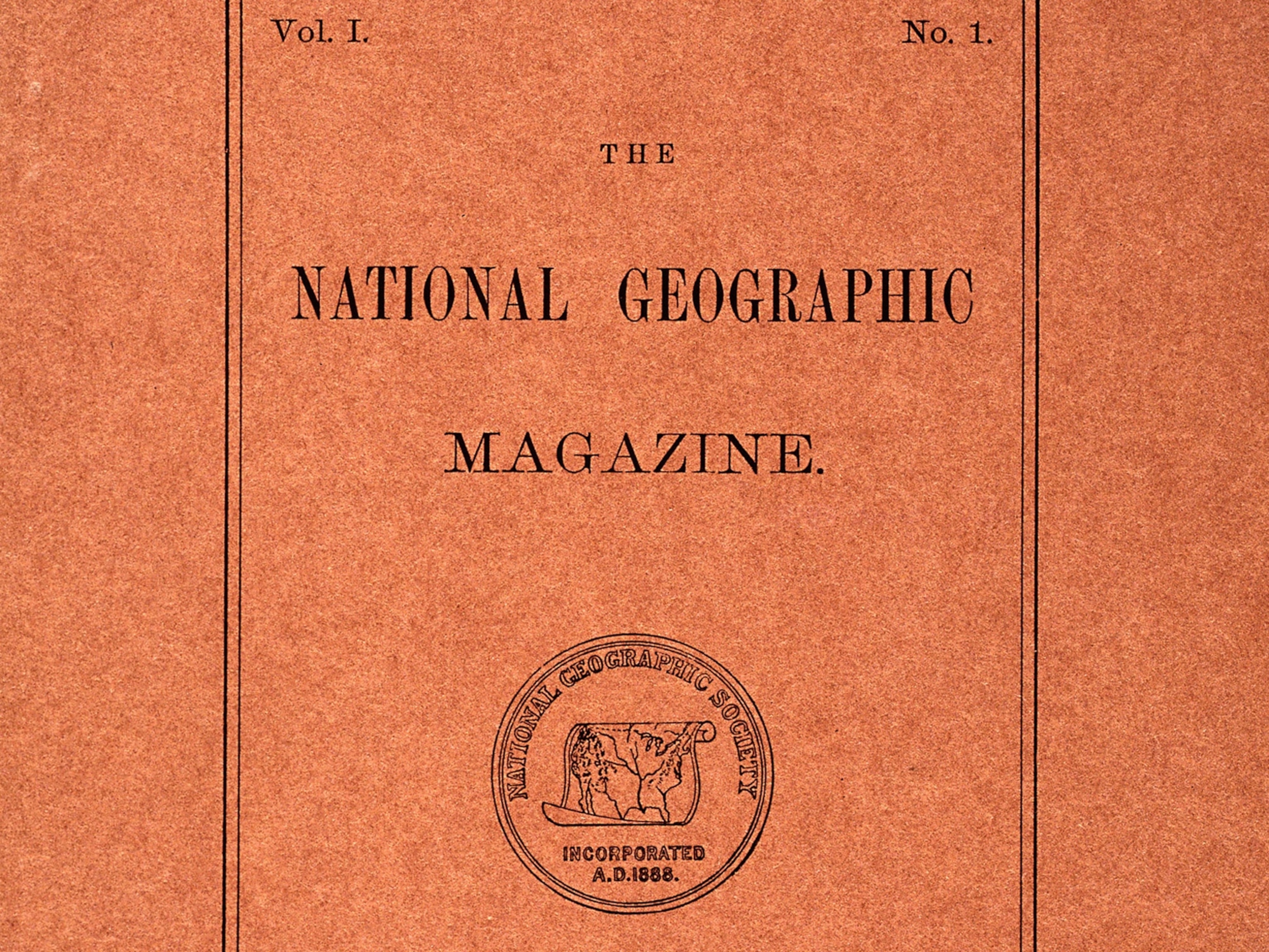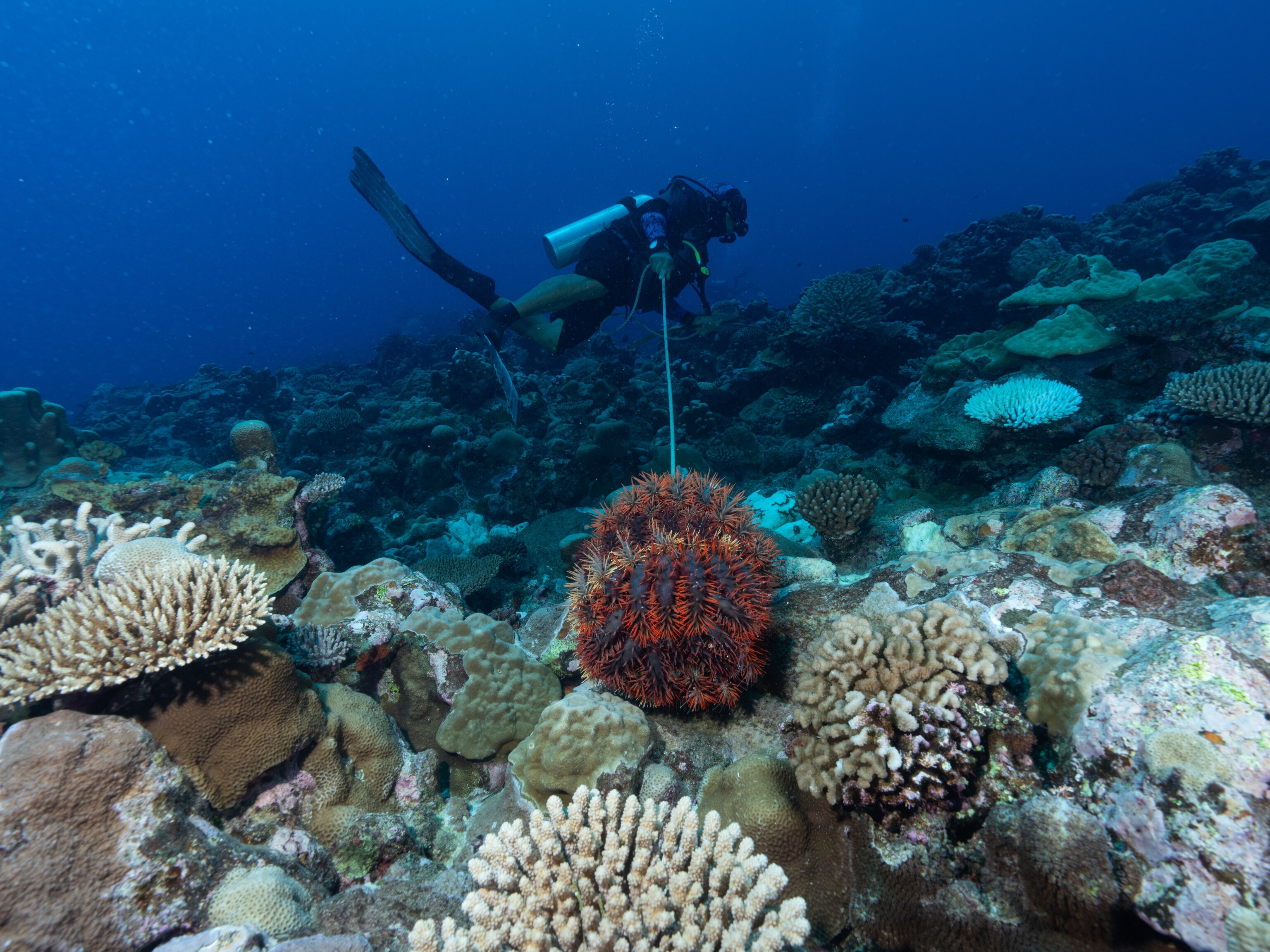Rae Wynn-Grant: Finding harmony for humans and bears
National Geographic Explorer Rae Wynn-Grant uses her expertise in statistical modeling to understand human-carnivore conflict.
Dr. Rae Wynn-Grant, a large carnivore ecologist who focuses on bears, describes them in a very human way. "They're just like people," she says. “They just love to hang out."
(This is What a Literal Bear Hug Looks Like)
In short, Wynn-Grant loves bears. She works with some of the most recognized species in the world: grizzlies and black bears. As recognizable as they are — in cartoons, books, and movies — that prominence does not always translate to admiration, especially in communities in or near bear habitat.
Human conflicts with bears are a reality in these areas. From small property damage to livestock predation, these incidents can seriously affect a property owner's livelihood.
Part of Wynn-Grant's work is focused on eliminating negative interactions like these. She goes into communities and brings people information about where bears are, where they are traveling, and how locals can protect themselves. Translating data she has painstakingly collected into actionable recommendations, readily understandable by the average person, is a critical component of her work.
And this work does not happen in a vacuum.

"My work might seem pretty specific to one animal and one place,” she says. “But it gives me an ability to make recommendations for any type of conservation, anywhere. Most conservation is being done in places where there are people, people who need to build towns and cities and highways and roads. So getting it right here means we can probably get it right somewhere else."
Wynn-Grant is currently focused on black bears in the American West. At one point, black bears in this part of the country were severely threatened. Now, their populations are stable.
"I have a really big end goal," she says. “For this ecosystem to achieve balance. We're not quite there yet and so I really like to think that my work can help us get to that place in the future."





